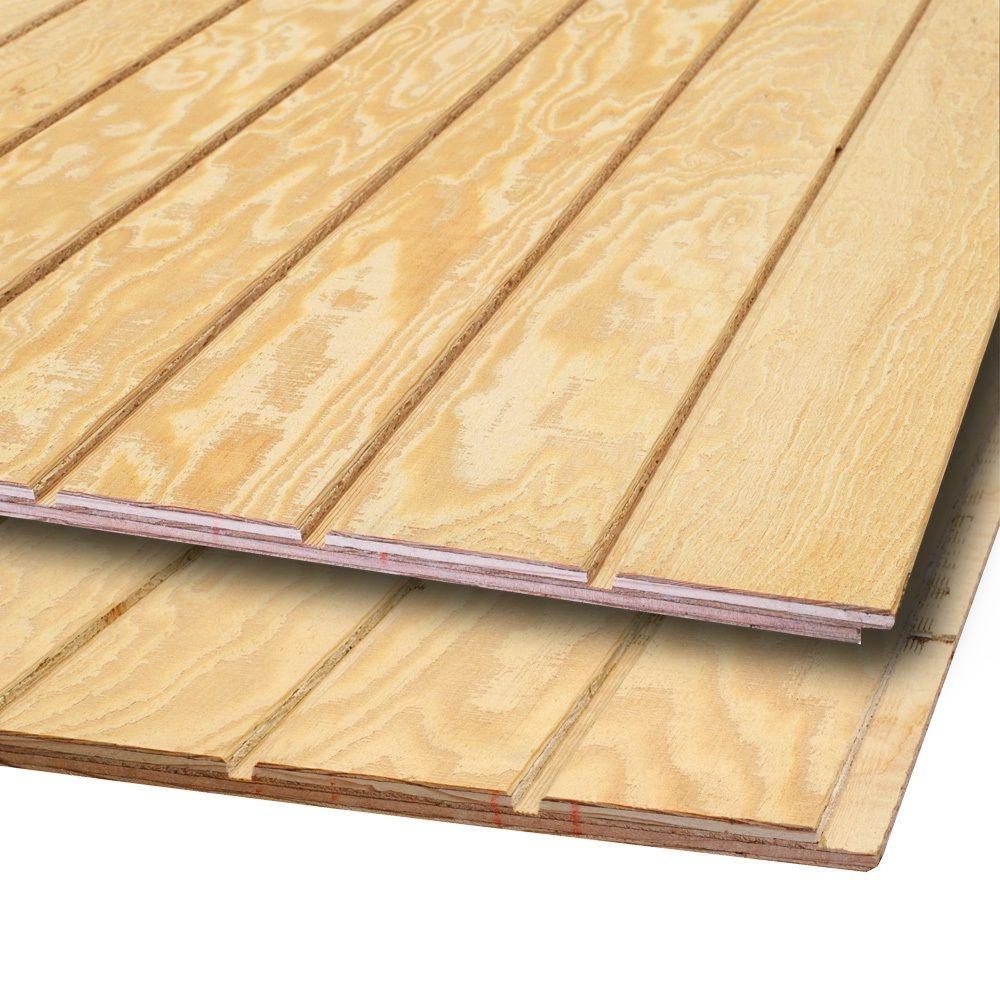Table Of Content

Like drop channel siding, the tongue-and-groove style can be installed in any orientation desired, whether it be horizontal, vertical, or diagonal. It is available for purchase in smooth or rough cut and is traditionally constructed out of either knotty pines or clear wood. Drop channel siding is an incredibly versatile style, allowing you to install it vertically, horizontally, or diagonally. It is a very popular choice for cabin homes, as many cabins are finished with boards that are cut with a drop channel style.
Most Popular
Modern Siding Home Trends – Forbes Home - Forbes
Modern Siding Home Trends – Forbes Home.
Posted: Mon, 18 Mar 2024 07:00:00 GMT [source]
Others, such as shingles, clapboards, or shakes are installed horizontally. In North America, cedar and redwood are the most preferred types of wood used for siding. The overlapping design naturally sheds rainwater, minimizing the chances of moisture damage.
Wood Siding: A Traditional Choice with some Maintenance Requirements
Shake and shingle siding requires periodic maintenance, including painting and caulking, to prevent weather damage. It's the least expensive of all siding materials to install, and the costs can be dramatically cut if you can do the work. This house siding option must be installed on flat surfaces, so the wall must be lined with 1/2-inch-thick sheets of rigid foam board to provide a nailing surface. No matter what type and species of wood siding you choose, it will last longer and look better with a protective finish. Paint or solid color stain provides the best protection from weather and UV damage.
How To: Choose a New Roof for Your House
There are different types of engineered siding to choose from. Clapboards made from wood flakes and resin (similar to the composition of oriented strand board) come with a factory-applied primer in 16ft. Plywood “T1-11” panels come in 4×8 size, and can be installed directly over wood framing, eliminating the need for exterior sheathing. These plywood panels typically have a roughsawn channel-rustic exterior surface, and lapped edges that hide seams between panels. Shakes are machine- or hand-sawn from wooden blocks called bolts. Shakes are thicker than shingles and less uniform in appearance and thickness, but they last longer.

This style requires the same level of maintenance as any other wood siding, including regular cleaning, power washing, painting, and sealing. The only exception to this is the lap siding boards that have grooves inset. In this case, there is only one way to install and the overlap is predetermined. The ease of installation varies for each type of house siding. Vinyl and wood siding are lightweight, and the installation process is straightforward. Although it looks authentic, stone veneer is made from Portland cement, other natural materials called aggregates, and pigment.
Popular House Siding Options and How to Choose
They can be stained or painted, and are often painted in bright or historic colors when used on Victorian style homes. Another historic style of covering the outside or inside of a house is with board-and-batten siding. This has been most frequently used in completing barns and other farm buildings. The siding is installed vertically, and consists of wide boards that are spaced evenly, with a batten nailed over the space.
The wood has very little resin, so it accepts stain or other finishes easily. The wood does not shrink as much as other types of wood, so it doesn’t change shape as much. For these reasons, redwood siding requires less maintenance than other types. Simply power wash it once a year, and seal it every three years or as needed.
Fiber Cement Maintenance and Repair
Metal siding, typically made from steel or aluminum, covers the outside of many modern-look homes. Aluminum siding is an especially lightweight and cost-effective house siding option. Another type of softwood, spruce technically belongs to the pine family. In fact, when pine is not available, spruce is often used as a comparable substitute.
Wood Siding: Split Logs
The selection of James Hardie board colors gives you many choices for the look of your home siding. Engineered wood siding is made with wood castoffs, such as sawdust, and bonding agents. It's a stronger, lightweight, and less expensive house siding option than natural wood. Engineered wood comes in an array of typical wood siding styles. It does need paint for weatherproofing purposes, but factory-applied finishes are available. If installed correctly and maintained, the standard life expectancy for this house siding option is about years.
Unlike redwood and cedar, this softwood will absorb moisture and warp. One popular application of board-and-batten siding is to use varying widths of boards and battens to create different patterns. Bevel (also called clapboard or lap) siding is one of the oldest forms of exterior home siding. Boards are resawed at an angle to create two pieces that are thicker on one edge than on the other.
The natural, non-uniform surface creates a classic, old-world look Freeman really likes. Shake siding is typically made of cedar, which is durable and easy to stain but can be expensive. Spruce is often found in much longer lengths than pine and since it is a softwood, it can be milled into many different siding styles. Unfortunately, like fir, spruce is not resistant to rot or damage from insects.

No comments:
Post a Comment